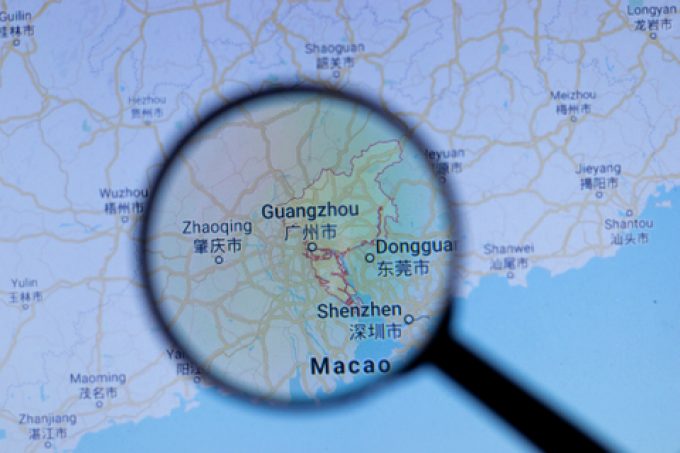Uplift for Hong Kong's air cargo hub status, while container port declines
Hong Kong government plans to further boost the SAR’s international aviation hub status – in ...

The port of Nansha at Guangzhou is bucking the downturn trend among container terminals this year, and looks to emerge as the big winner from the Pearl River Delta’s evolution into the Greater Bay Area.
For example, while other Chinese terminals were suffering in the coronavirus shutdown, ...


Comment on this article